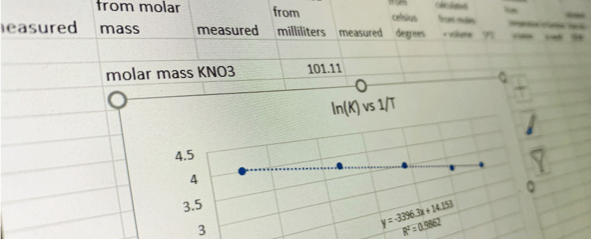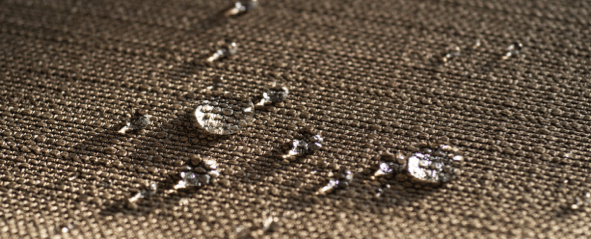LoRa Water Leak Sensor for Smart Buildings
Learn how LoRa wireless water leak sensors are driving growth for real estate IoT technology.
Features
About Us
Support
Partners
When the Kairos team started researching water usage and loss across the multifamily real estate industry we found that the average multifamily apartment complex uses 1,109,482 gallons of water a month (12,223,778 a year on average). After diving through the public data from sources such as the National Multifamily Housing Council (NMHC), the Environmental Protection Agency (EPA), and the American Water Works Association (AWWA) we felt like these numbers were still vague and didn’t consider a lot of the factors we saw impact properties we work with.
We decided to make this article to shed some light on how these numbers are calculated and show others how they can uncover these metrics for their property. This article is for anyone in the multifamily housing industry who wants to understand their actual water usage and the path to finding these numbers for themselves. In this article, we will walk you through the various inputs and sources of data, how to determine your properties averages, the calculations for water usage and loss, and how you can gain insights off of meaningful data.

When considering the inputs of this calculation, there are two main categories we break them into, property inputs and water inputs.
Total units: This is the total number of units in your apartment complex
Average Residents Per Unit: This is an average of your residents by the units. This data may not always be easy on hand so in that case, we recommend using the national average which is 1.86 residents per unit.
Water use per resident: This is the daily water use each resident has on average. This can be extremely difficult number to find exact numbers since it can take into consideration the appliance usage per unit. The national average is 80-100 gallons a person per day. However, since this number is derived from the total usage of water by a person each minute, we need to factor in the amount of the day a person spends awake. The average amount is 9.6 hours, so if we take 85 gallons a day and apply that 9.6 hours to it we end up with gallons a day per resident. If you want a more detailed breakdown of your input, we recommend using this calculator to get your input.
Average water loss per year: Water loss is natural in all buildings and settings, but it is best to look at the average loss apartments experience across all properties, which is 16% according to the EPA.
Water utility price per gallon: While water utilities are normally billed per 1000 gallons and that is what determines the rates companies give us, we want to divide that rate by 1000 so we can find the rate per gallon. The easiest way to find your rate is to check the last utility bill you received or if you don't have one you can check here for the rates in each state.

Total Units x Water User Per Resident x Residents Per Unit x 365
First, we take the total number of units and multiply them by the water use per resident. Next, we multiply that result by the residents per unit so we can find the total usage of water at a daily level. Finally, we take that number and multiply it by 365 to represent a year.
Water Use Per Apartment
Average Residents Per User x Water Use Per Resident x 365
First, we take the average number of residents per user, then multiply it by the water user per resident. That gives us the daily water use, so next, we multiply that by 365 and to represent a year.
Water Loss Per Year
Annual Water Usage * Average Water Loss Per Year
Following the first calculation for Annual Water Use, we will take that number and multiply it by the Average Water Loss Per Year.
Water Loss Per Year * Water Utility Price Per Gallon
Finally, once we have the above calculations we can take Water Loss Per Year and multiply it by the Water Utility Price Per Gallon

Getting to the root of your property's water inefficiencies. The best way to get a pulse on how your water efficiency is doing is to compare your results to the national average. Is anything dramatically higher or lower? If so this could be a place to start looking.
Unlock the potential savings this could lead to. With the amount of water loss being an average of 16%, the game is now about optimization. You know how much your water loss is costing you so by implementing various monitoring solutions such as waters metering for apartments, you will start to lower than 16% and watch it decrease YoY.
Try the water usage tool
We recently developed a tool for handling these types of formulas, check out our new Apartment Water Use Tool to find these calculations quickly and easily.
Talk to a water control specialist
Different properties each come with their own unique factors that can impact water use and the cost put towards it. If you have a unique case or further questions, feel free to chat with one of our specialists and they will answer all of your questions.
Learn how LoRa wireless water leak sensors are driving growth for real estate IoT technology.
Learn how smart building water metering with LoRaWAN can prevent water damage and utility waste in commercial properties.
Protect your building from water damage and conserve water with our expertly designed leak detection and water metering systems.
© 2026 Kairos Water, Inc. All Rights Reserved.

